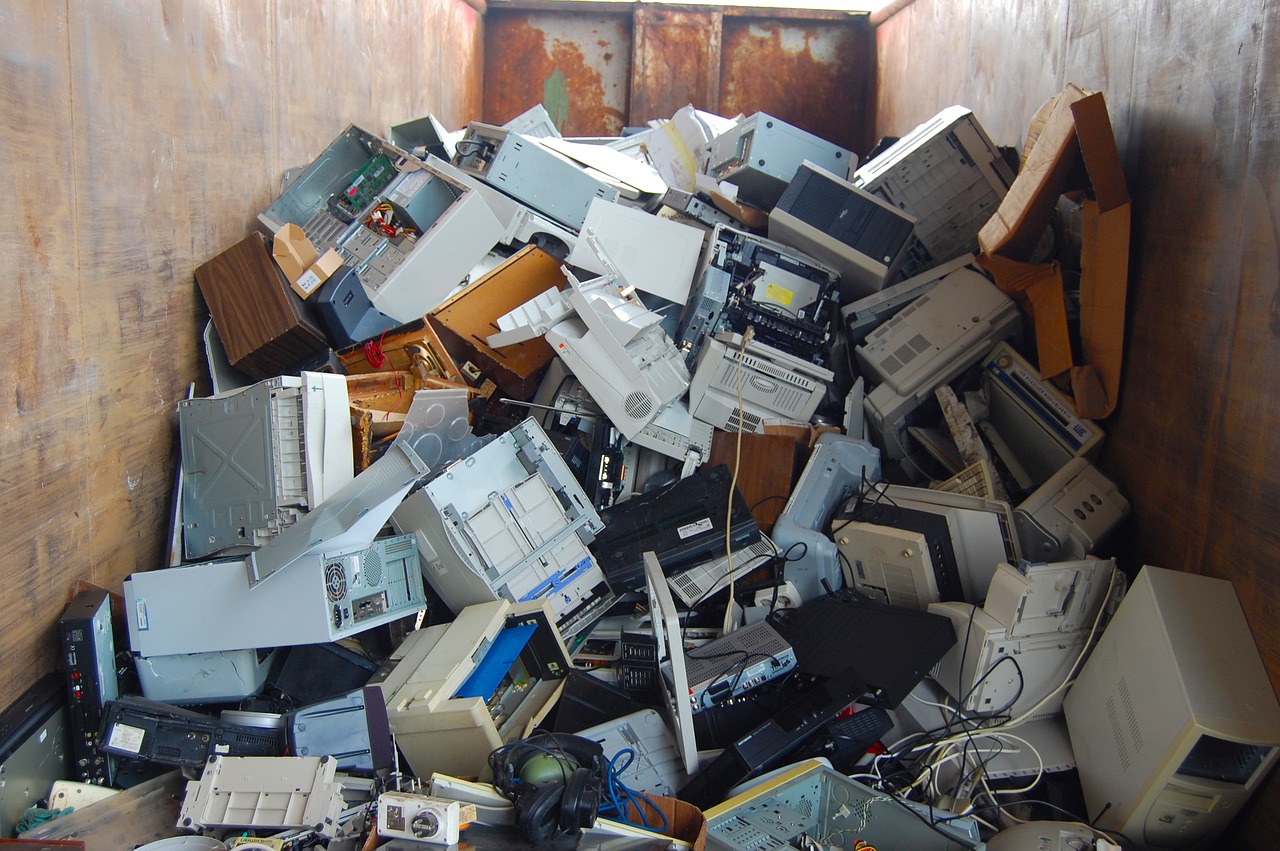E-waste (electronic waste) is the term used to describe any electronics that are considered no longer useful. Technology is constantly and rapidly evolving and improving, which leads many electronic products to become “trash” within just a small time frame. Improper disposal of electronics can lead to major negative impacts on the soil, air, and water components of our environment.
The first step to solve the problem is to educate ourselves, along with others. After that, it is up to us, individually, to change out habits accordingly. Here, we are going to discuss some dangers that e-waste brings to the environment, and what we can do to solve the problems and reduce e-waste.
Environmental Dangers of E-Waste
About 50 million tons of electronic waste is made every year. In the U.S., 30 million computers are trashed every year, while 100 million phones are thrown away every year in Europe. The Environmental Protection Agency determines that 15 to 20 percent of electronic waste is properly recycled; the rest of it is either incinerated or just thrown in landfills.
E-waste and its environmental pollution is a global issue. E-waste can cause some serious health problems on the people of the environment, because it causes chemical leaking, which goes into the water table, and at some point makes its way into agricultural produce, which is then fed to the people. In 2014, a report made by the BBC reported that about 23 percent of deaths in Africa, Europe, and Asia were linked to environmental pollution. They also mentioned over 200 million people everywhere hold a risk of being exposed to toxic waste.
Health risks that are connected to e-waste could come from direct contact with materials, like chromium, lead, cadmium, and many other harmful materials. Children are extremely susceptible to e-waste related health risks. As they grow, their water, air, and food intake consistent to their weight is highly increased which can lead to the risk of hazardous chemical absorption. This can lead to irreversible damage on their bodies’ functional systems.
Computers contain extremely toxic chemicals: lead(applies toxic effects on several body systems, like the peripheral and central nervous systems, hemopoietic system, genitourinary system and the reproductive system), mercury(damages the peripheral and central nervous systems, genitourinary system, and the fetus), cadmium(possibly long-term cumulative poison. These toxins build in the body, mainly the kidneys), and polycyclic aromatic hydrocarbons(lung, bladder and skin problems).
How to Reduce E-waste
- Some communities have started to build programs that have specific drop-off locations for any unwanted electronics. Check with your local government to see if they have any regulations concerning the proper disposal of electronic waste.
- Donate any unwanted electronics. This leads to some of the electronics being reused. You could also be giving someone access to electronics when they normally wouldn’t have them.
- Before you make a purchase on a brand new electronic device, think about if you TRULY need it. Buying electronics we do not truly need is probably a big part of why we develop so much electronic waste.
- Sell your electronics. If you do not need them, why not sell them. You can be saving the planet, while making a little extra money on the side. It’s a win win.
- Educate yourself and others. Now that you know the dangers of electronic waste, you can educate others as well. Knowing the issues should push us a little more to really pay attention to the things we are just throwing away.
